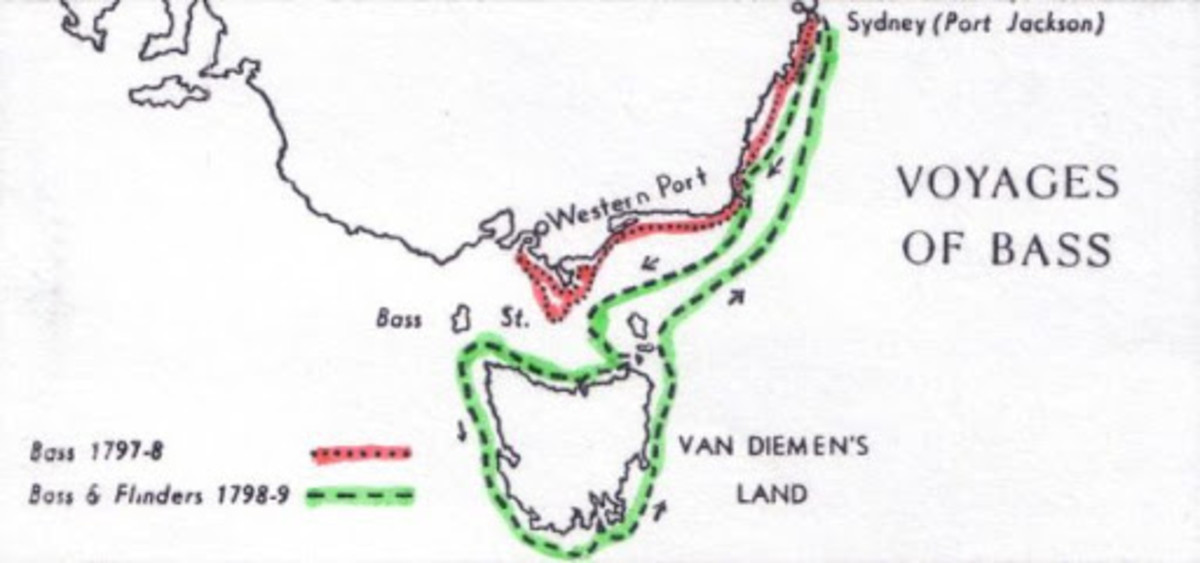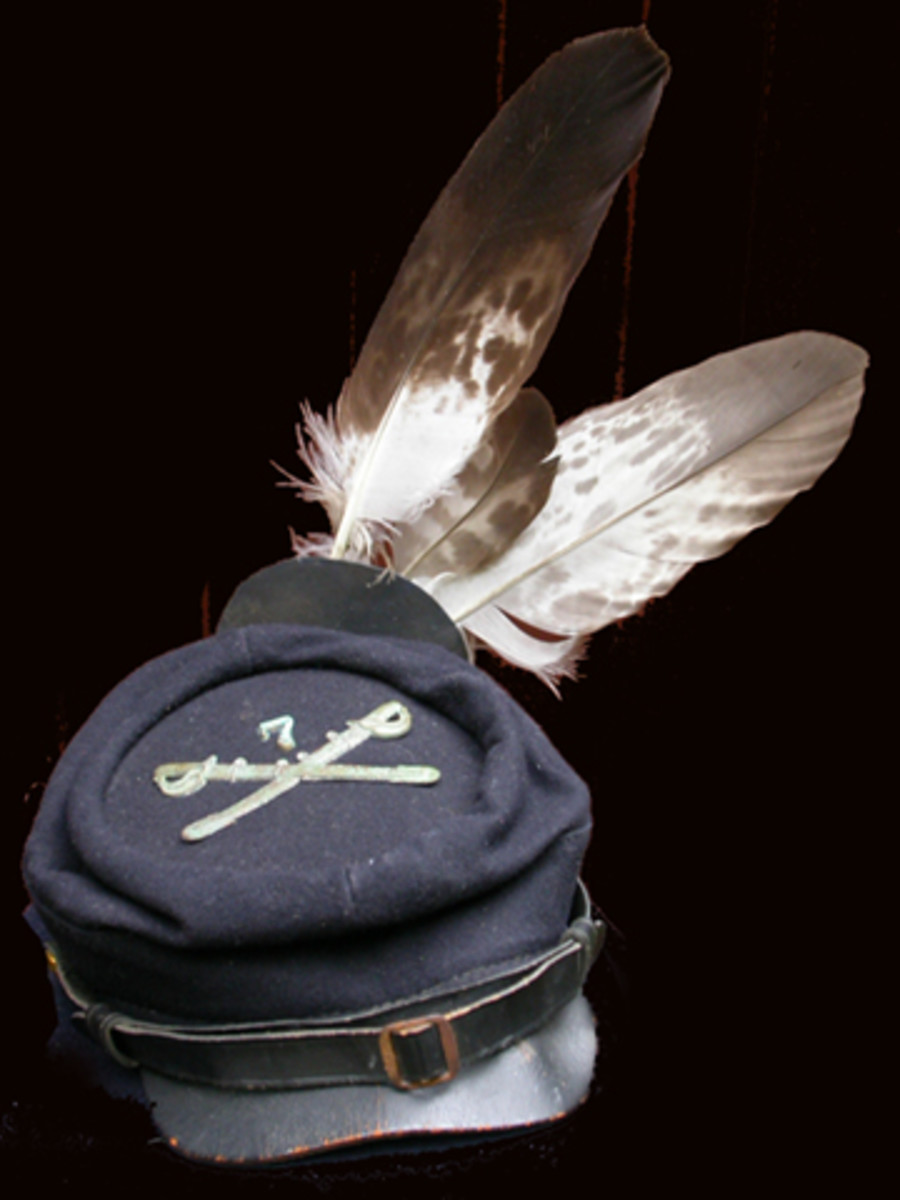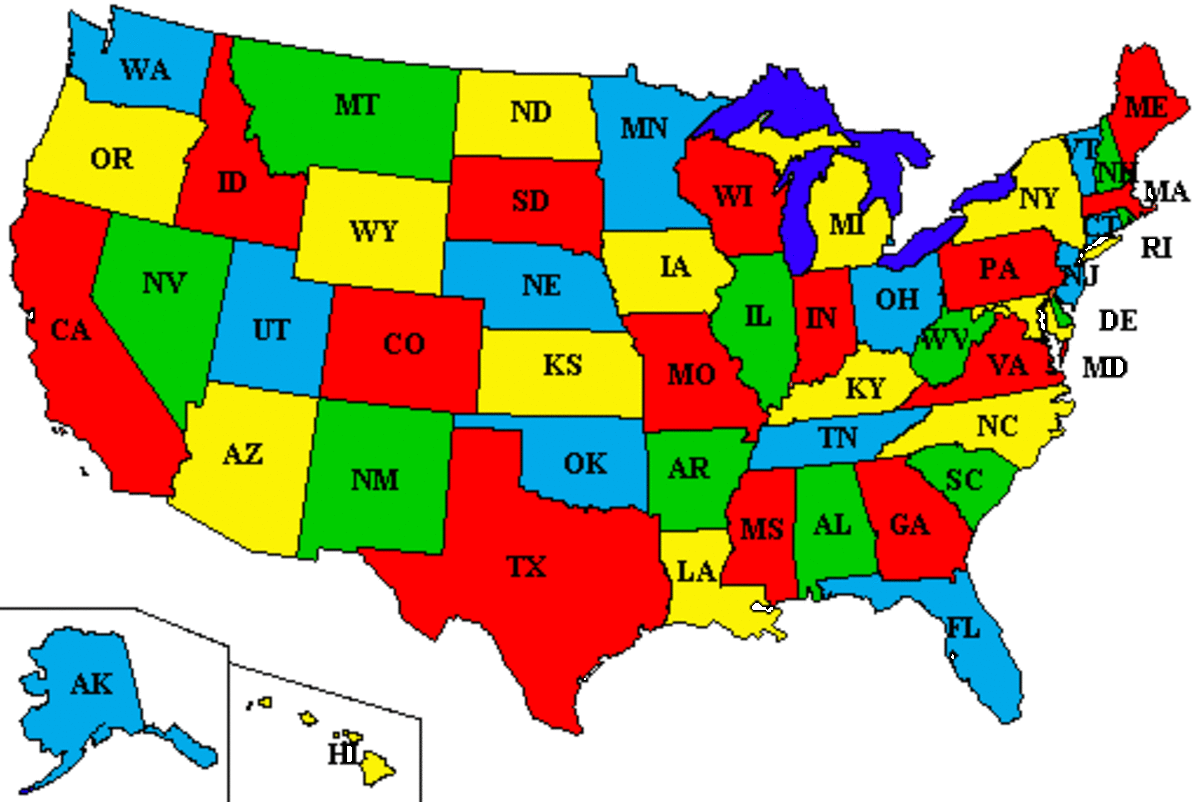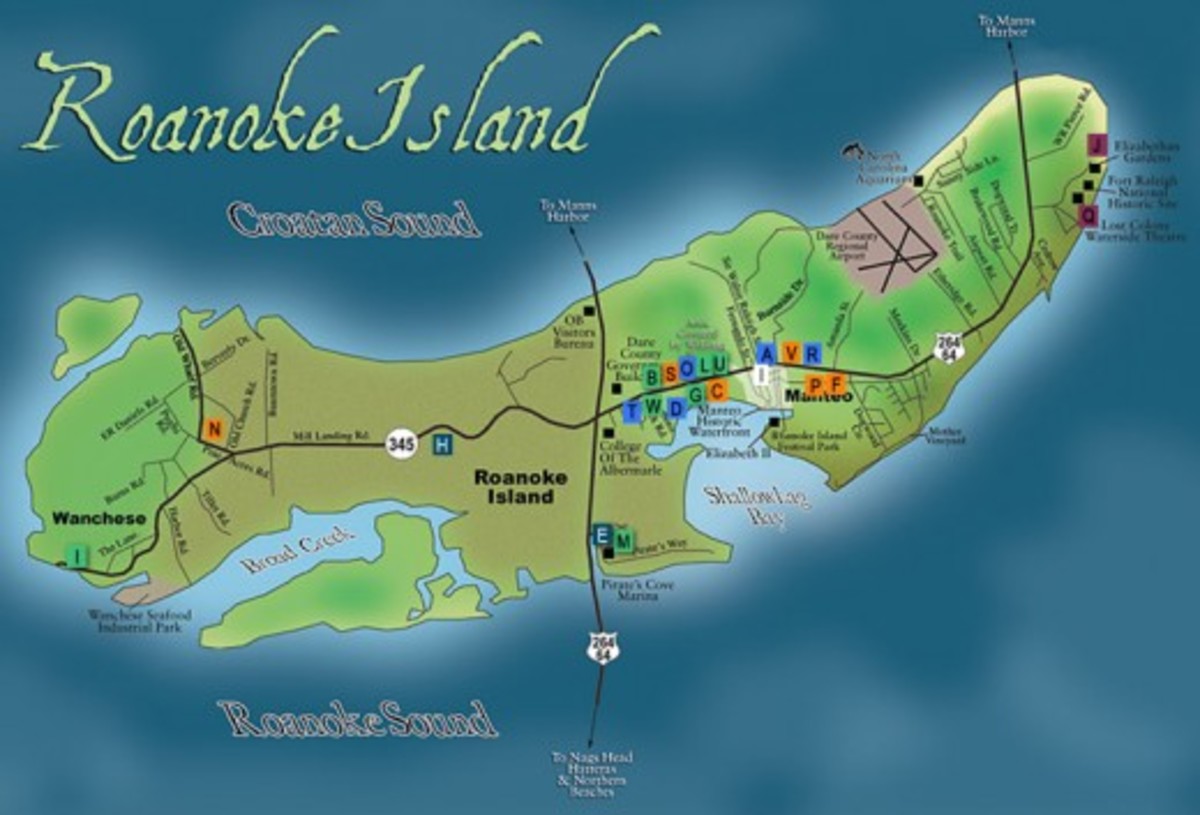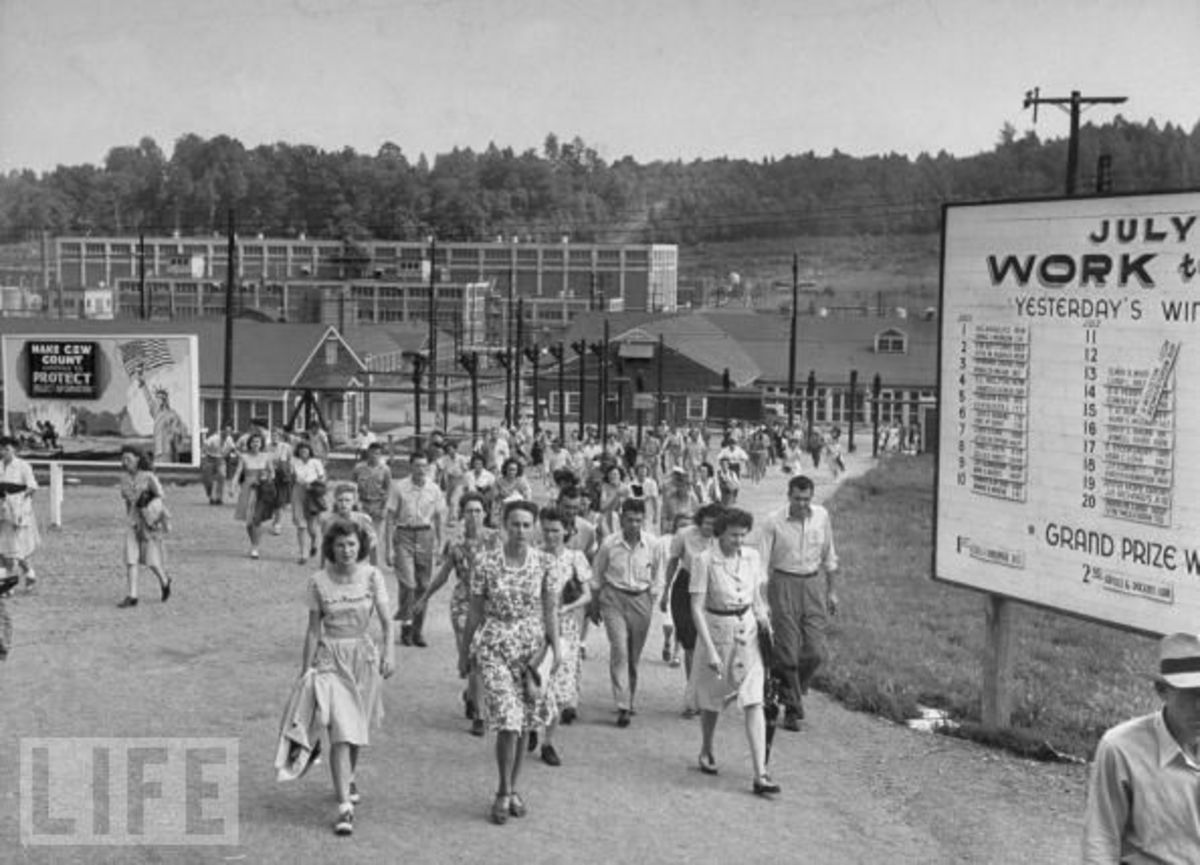- HubPages»
- Education and Science»
- History & Archaeology»
- History of the Americas
Legendary Marshal Bass Reeves
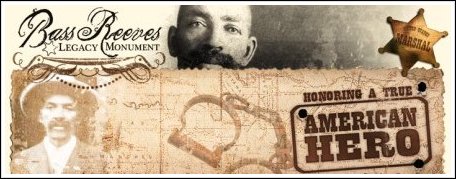
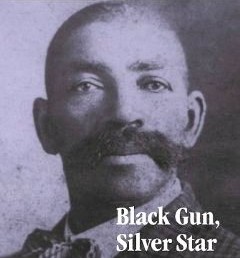
Overcoming the harsh conditions of a slave's life in the 1800’s to rise to a position of particular note would be a noteworthy accomplishment for anyone born into that life. But to become the most famous U.S. Deputy Marshal West of the Mississippi and perhaps the greatest frontier hero in our nations' history would be an impressive feat.
That man was Bass Reeves who became the first black U.S. Deputy Marshal at Fort Smith, Arkansas. Over the 35 years Reeves served as a Deputy United States Marshal, he captured more than 3,000 outlaws.
Bass was born to slave parents in 1838 in Paris, Texas. He was owned by farmer and politician George Reeves. Like other slaves of the time, Bass assumed the surname of his owner. He was described as a tall young man, of 6’2”, with good manners, sense of humor, honest and fearless.
He was to later become one of the most feared and respected federal marshals in Indian Territory. He was also said to be fluent in several Indian languages and a master of disguise.

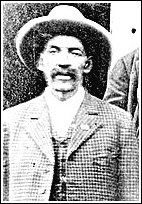
When the Civil War War broke out, George Reeves sided with the Confederacy and went into battle, taking Bass with him.
Sometime later Bass parted company from George. Some say because Bass had an altercation with George after a dispute in a card game. Others believe Bass heard too much talk about freeing the slaves and simply left. In any case, Bass fled to Indian Territory and lived with the Seminole and Creek Indians.
During this time Reeves practiced endlessly sharpening his firearm skills, becoming quick and deadly accurate with a pistol. Although he claimed to be only a fair shot with a rifle, he was barred on a regular basis in competitive turkey shoots. He wore two Colt pistols, butt forward. Ambidextrous, he rarely missed.
The
Emancipation Proclamation in 1863 meant Reeves was no longer a fugitive, so as
a free man Reeves bought land near Van Buren, Arkansas and became a
successful farmer and rancher. A year later, he married Nellie Jennie from
Texas. The Reeves raised ten children on their homestead…five girls and
five boys.
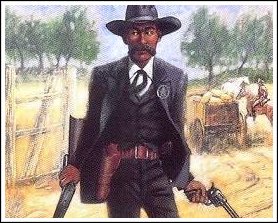
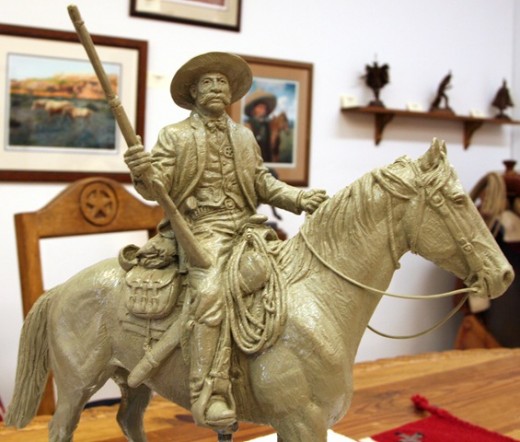
However, Reeve’s life changed dramatically when Isaac Parker was appointed judge for the Federal Western District Court at Fort Smith on May 10, 1875. At the time, Indian Territory was teeming with thieves, murderers and notorious outlaws who took refuge in the territory that previously had no law to speak of.
One of Parker’s first acts was to appoint U.S Marshal James F. Fagan as head of some 200 deputies he was ordered to hire. Fagan had heard of Bass Reeves' being someone who knew the territory as well as being able to speak several tribal languages fluently. Fagan lost no time in recruiting him as a U.S. deputy marshal. His orders…bring them in dead or alive!
Bass worked alongside lawmen that would also become legends, such as Thomas Bud and Bill Tilghman. Their territory covered about 75,000 square miles making the United States Court at Fort Smith the nations’ largest.
Though Reeves was illiterate the handicap didn’t prove to hamper his abilities as a lawman. He simply had someone read him the warrants and memorized them. When asked to produce a warrant, he always showed the correct one.
Reeves’ courage and ability to apprehend or kill his quarry quickly earned him a formidable reputation. Wearing his large signature black hat and riding a large stallion, Reeves struck an imposing figure. He always dressed impeccably; boots brilliantly shined and was known for being polite and courteous. However, he was also a master of disguise. Sometimes he would masquerade as a cowboy, farmer, gunslinger or outlaw.
The tales of his captures are legendary. On one occasion, Reeves was in pursuit of two outlaws in the Red River Valley near the Texas border. Bass formed a posse and set up camp about 28 miles from where the two were hiding at their mother’s home. Reeves disguised himself as a tramp wearing old shoes, dirty clothes and a floppy hat, complete with three bullet holes.
Arriving at the home, he told the woman who answered the door his feet were aching after being chased by a posse who had put the three bullet holes in his hat. She invited him in for something to eat. During the meal she told him about her two outlaw sons, even suggesting the three should join forces.
Saying he was worn out from the chase, she consented to let him stay a while longer. Later Reeves heard a whistle coming from beyond the house. The woman went outside and two riders rode up. Shortly, the three of them came inside and she introduced her sons to Reeves. After a brief discussion, it was agreed it would be a good idea to team up.
Reeves later watched the pair as they drifted off to sleep and when he was convinced they were asleep, he handcuffed the pair without waking them. At dawn, he marched them out the door…followed closely for the first three miles by an irate cursing mother. Within days, the outlaws were delivered to the authorities.
One of the high points of Reeves’ career was capturing Bob Dozier. Dozier rustled cattle and horses, robbed banks and stagecoaches and was a murderer and swindler. Dozier was unpredictable, which made his capture difficult. Many lawmen had tried and failed…until Reeves came along. Dozier eluded Reeves for several years but he finally tracked him down in the Cherokee Hills. After refusing to surrender Reeves killed him in a gun battle on December 20, 1878.
However Reeves’ toughest assignment was having to hunt down his own son. His son had been charged with murdering his wife. The other deputies were reluctant to take the job. And though Reeves was saddened, he demanded the task. Two weeks later, Reeves returned to Muskogee with his son and turned him over to authorities. His son was tried and sent to Leavenworth, Kansas prison. However, with a citizen’s petition and an exemplary prison record, his son was pardoned.
In 1907, state agencies assumed law enforcement and Reeves’ duties as a deputy marshal ended. Bass however, didn’t give up being a lawman. He signed on as a patrolman with the Muskogee Oklahoma Police Department. It is reported there were no crimes on his beat during the two years he served there.
During his exemplary career Reeves Killed about 14 known men. Reeves always said he never shot a man when it was not necessary for him to do so in the discharge of his duty to save his own life.
Reeves’ career finally ended when he was diagnosed with Bright’s disease in 1909. He died January 12, 1910 and though he was buried in Muskogee, Oklahoma, the exact location of his grave is unknown.

